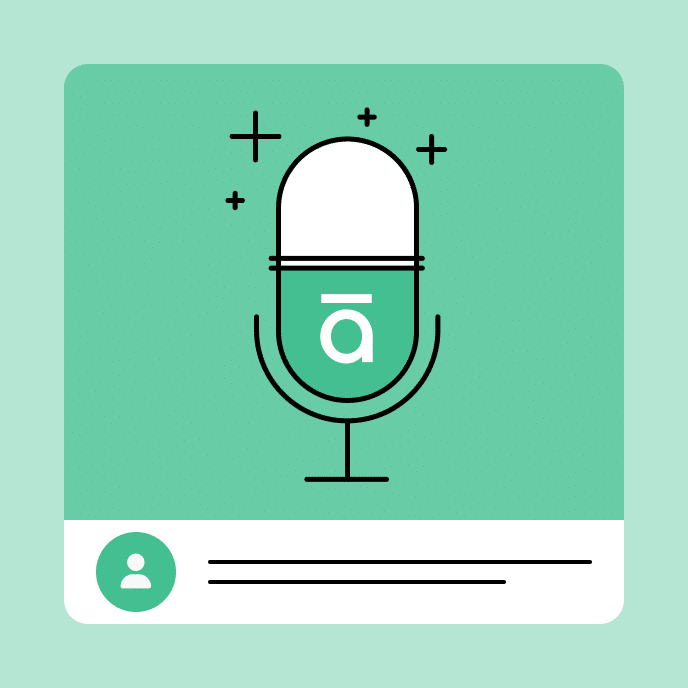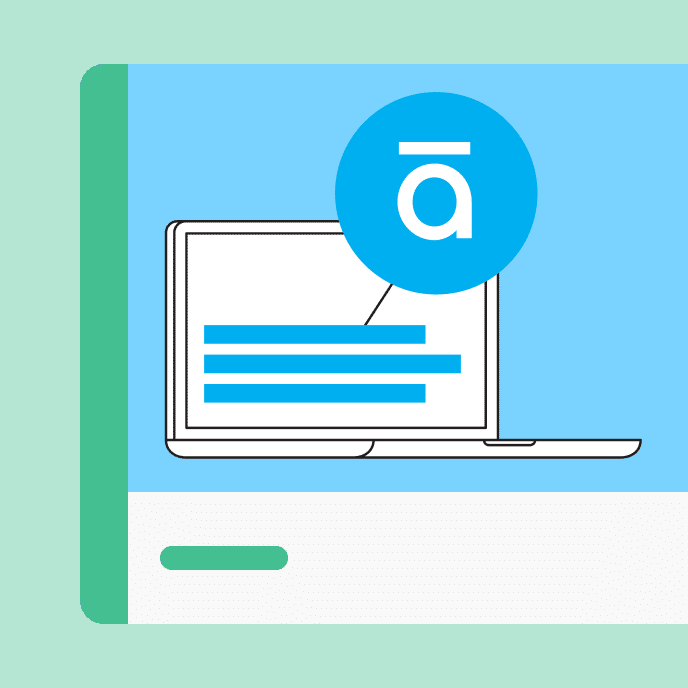Less is More: From Content Overload to Performance Improvement
Learn to create impactful e-learning by shifting from content-heavy courses to performance-focused training that delivers measurable business outcomes.

Transform your e-learning approach for better business results
Are you struggling with e-learning courses that overwhelm learners with information but fail to improve performance? This post explores how to shift from content-heavy training to focused, performance-based e-learning that delivers real business value and engages learners effectively.
Something we often encounter is the pervasive myth that more content equals better training. It’s a tempting belief. After all, if we include everything, surely the learners will absorb what they need, right? Unfortunately, this “fire hose” approach to training often leads to disengaged learners and poor learning outcomes. This wastes time and doesn’t deliver the business results the organization expects.
Let’s look at how to overcome this and other challenges in creating performance-based e-learning.
Dealing with content overload
Many customers and subject matter experts (SMEs) operate under the assumption that if we could just cram more information into learners’ heads, performance would improve. This mindset often stems from a fundamental misunderstanding of how people learn. As e-learning developers, part of our responsibility is getting our clients to see things differently. Here are a few ways to steer them in the right direction.
Educate customers on the benefits of performance rather than explainer courses
The default position for many customers is that training is the right solution because people need more content. So they want to build courses where the learners primarily consume content. When they insist on including everything, try these strategies.
Share the science
Introduce concepts like cognitive load theory. Explain how overloading learners with information can actually hinder learning and retention. Have a good spiel to share to keep it simple so you don’t sound like Cliff Claven. I’d share an easy-to-read blog post like the ones I write here so they get the gist of what you’re trying to communicate.
Use analogies
Compare learning to eating. Just as we can’t consume a month’s worth of food in one sitting, we can’t effectively process vast amounts of information in one go. That may seem a bit odd, but you can find your own analogy. For example, when I talk to my training team, I always say that “we (Articulate) build post hole diggers and our customers build fences.” This helps us focus on what training we need to create for our customers so that they’re successful using our tools.
Provide case studies
Share examples of streamlined, performance-based courses that produced better results than content-heavy alternatives. It’s a good idea to have some sort of simple before and after examples. For many people, this is a challenge because none of the courses are performance-based. In this case, take one of the courses you do have and create a better one as a prototype of what could be done.
Demonstrate the cost
Show how bloated courses take longer to develop, longer to complete, and often result in poorer learning outcomes—all of which impact the bottom line. I worked with a client once that built 30 training courses. Each one was an hour long and was going to be delivered to the entire organization. That’s almost a week’s worth of content. And none of the courses had any performance expectations. Let’s see, 30 hours X 10,000 learners at $75/hr equals $22 million. That’s a lot of money to pay with no results.
Focus on critical outcomes
Remember, your e-learning course doesn’t need to be an exhaustive resource. You can always create mechanisms in the course to access additional content.
- Prioritize ruthlessly: Work with stakeholders to identify the most critical outcomes. What skills or knowledge will have the biggest impact on job performance?
- Create a learning journey: Position your e-learning course as one step in a longer learning journey. Provide resources for further learning for those who want to dive deeper.
- Use the 80/20 rule: Focus on the 20% of content that will drive 80% of the results.
- Implement microlearning: Break content into small, focused modules that address specific outcomes. This allows for more flexible, targeted learning.
Tackle the challenge of defining measurable outcomes
A lot of course developers struggle with defining clear, measurable outcomes. One of the reasons is that we’re often order-takes who are assigned the task of building the course and didn’t have a seat at the table when it was decided to do training in the first place. Here’s how to make it easier:
- Start broad, then refine: Look over the content you have. Begin with broad goals, then gradually refine them into specific, measurable outcomes. Always ask, “What are they supposed to do with this?”
- Use action verbs: Frame outcomes in terms of what learners will be able to do. Use verbs like “demonstrate,” “apply,” “analyze,” or “create.”
- Make it observable: Ensure that the outcome is something that can be observed or measured in some way.
- Align with job performance: Tie outcomes directly to on-the-job performance. Ask, “How will this improve their work?”
A practical example: from a content to performance focus
Let’s look at how this might play out in a real-world scenario.
Initial stakeholder request: “We need a comprehensive course on our company’s project management methodology. It should cover the history of project management, all 12 steps of our process, the 7 key principles, and include case studies of all our major projects from the last 5 years.”
Performance-focused approach:
- Educate the key stakeholders: Explain how a more focused approach will lead to better application of the methodology rather than just knowledge of it.
- Identify critical outcomes: Work with the subject matter experts to determine the most crucial skills. For example: “Successfully initiate a project using our methodology” and “Effectively manage project risks using our risk assessment matrix.”
- Define measurable objectives: Refine these into specific, measurable objectives. For example: “By the end of this course, learners will be able to correctly complete a project initiation document for a given scenario, as assessed by their supervisor.”
- Focus content: Instead of covering everything, focus on the key steps and principles that directly contribute to these outcomes.
- Design targeted assessments: Create practical exercises where learners apply the project management methodology to realistic scenarios.
- Provide resources for deep dives: Offer additional resources (like the case studies and historical information) as optional further reading.
The result? A streamlined course that is focused on action and directly improves job performance. This produces more engaged learners and customers who are happy that the course made an impact.
Key takeaways for creating performance-focused e-learning
Shifting to a performance-based approach isn’t always easy when building e-learning courses.. It requires us to challenge long-held beliefs about training and how people actually learn. However, by prioritizing critical outcomes, defining measurable objectives, and focusing on practical application, you can create e-learning courses that drive tangible improvements in job performance.
Remember, effective e-learning isn’t about cramming in more content—it’s about empowering learners to apply knowledge in ways that benefit your organization.
You may also like

Big Moves, Big Wins: Articulate’s 2024 Year in Review
Check out six milestones—from game-changing features to prestigious awards— that shaped our e-learning year.

